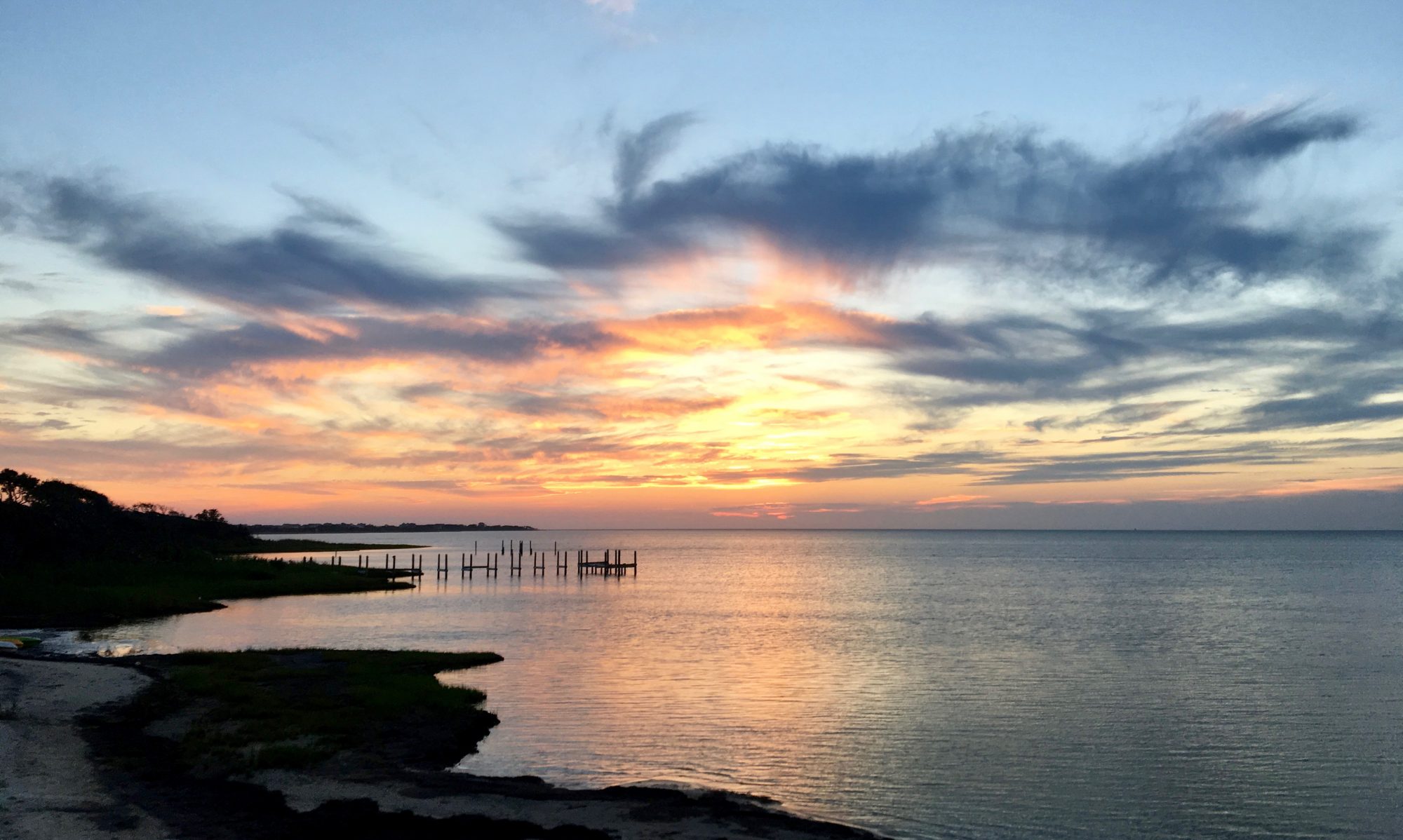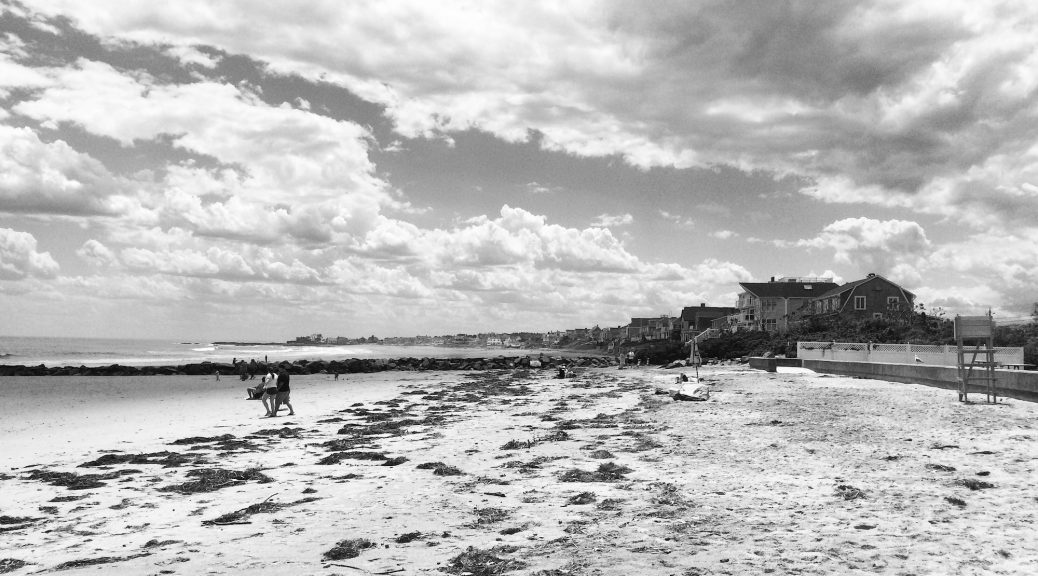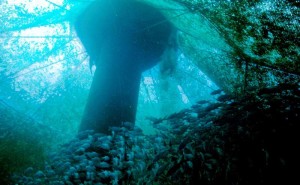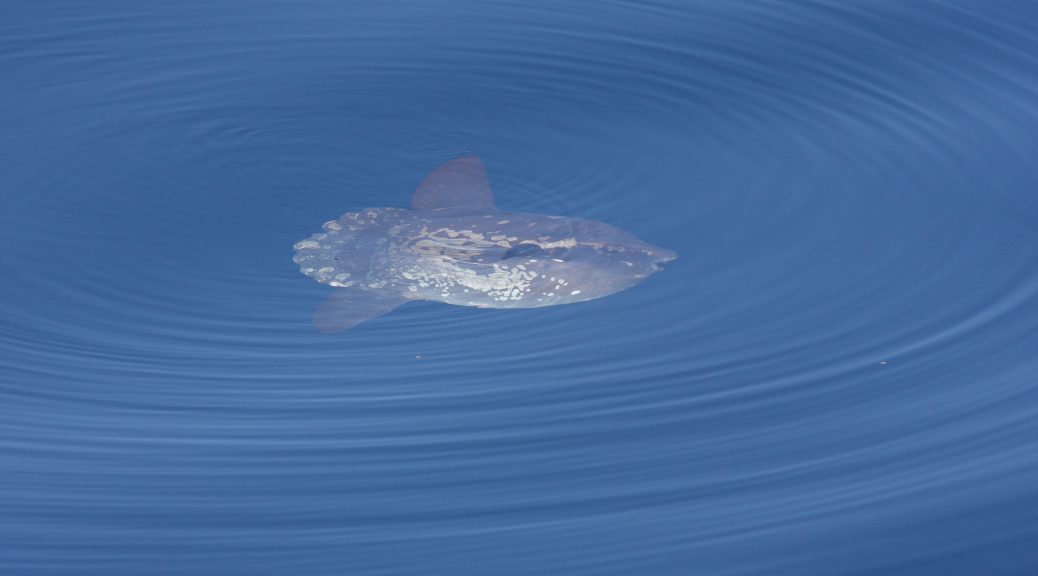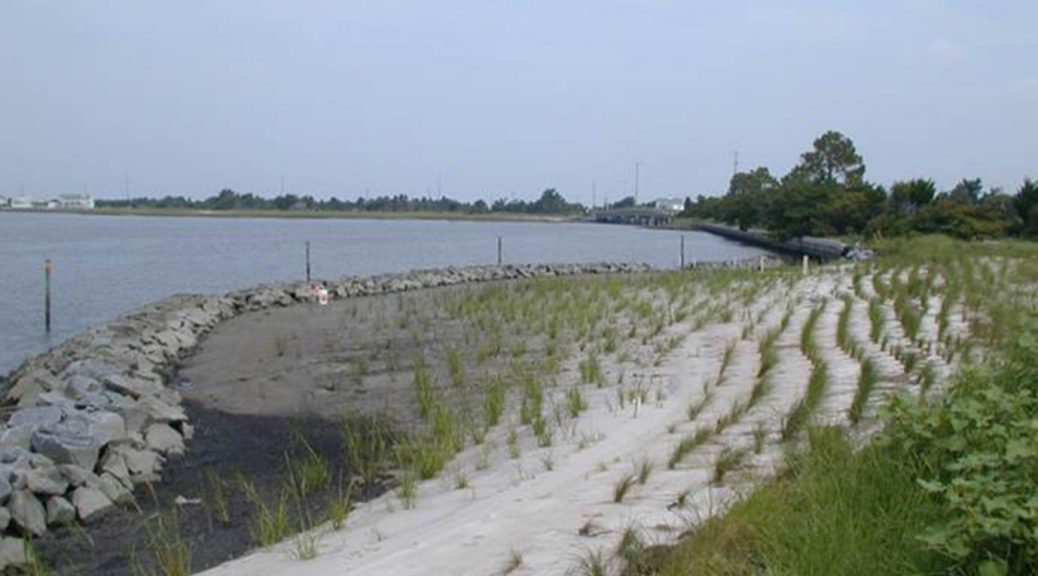By Ellis Kalaidjian
The North Carolina coastline is a treasure trove of natural beauty and biodiversity. However, with this beauty comes a complex tapestry of coastal issues that are ever-evolving. From the threat of rising sea levels and intensifying storms to the delicate balance of preserving ecosystems while accommodating human activities, the coastal region of North Carolina finds itself at the intersection of environmental challenges and community resilience. Such challenges demand thoughtful discourse amongst the state’s coastal stakeholders, which prompted The Coastal Society to join forces with North Carolina Sea Grant and the University of North Carolina Wilmington (UNCW) to host a Forum on Priority Issues in North Carolina on November 6th, 2023.
The forum was held at UNCW’s Center for Marine Science, where 85 registrants from professional organizations (50 participants) and students (35 participants) gathered for the day. The forum kicked off with a thought-provoking keynote presentation from the Director of the NC Division of Coastal Management (NCDCM), Dr. Braxton Davis, followed by the first of three plenary panels of speakers hailing from academic institutions, state government, and non-profit organizations. The first plenary panel covered topics in natural and community resilience. Amongst the panel were the Research Director of the North Carolina Policy Collaboratory, Dr. Arthur Greer, whose talk focused on the Collaboratory’s role in facilitating research partnerships and coastal marsh protection; Mackenzie Todd, the Coastal Resiliency Coordinator at the NCDM, who delved into the NC Resilient Communities Program; Ryan Davenport, Carteret County’s Shore Protection Manager, presented on the intricacies of locality beach management planning; and the Executive Director of the NC Coastal Federation, Todd Miller, who covered the policy, strategies, and lessons learned surrounding living shoreline implementation.

Karly Lohan chats with CMS Director Dr. Ken Halanych & TCS Executive Director Judy Tucker in the main lobby of the Center for Marine Science. In the background are TCS planning team members Dr. Larry Cahoon & Dr. Jenny Biddle.
The second plenary panel delivered a series of presentations on the research and management of per- and polyfluoroalkyl substances (PFAS), which are among the most pervasive industrial compounds in NC’s watersheds. Presenters included Rachylle Hart, Program Coordinator of UNCW’s Center for Marine Science; Dr. Pingping Meng, Assistant Professor at Eastern Carolina University; Riley Lewis, White Oak Waterkeeper with Coastal Carolina Riverwatch; Dana Sargent, the Executive Director of Cape Fear River Watch; and Emily Donovan, Co-Founder of Clean Cape Fear. The final panel featured three presentations on the ecological, policy, and management dimensions of offshore wind development in NC, given by Karly Lohan, the NC Program and Outreach Manager of the Southeastern Wind Coalition; Daniel Govoni, the Federal Consistency Coordinator of the NCDCM; and Dr. Martin Posey, Professor of Biology & Marine Biology at UNCW. Concurrent breakout sessions for both panels saw active engagement and rich discourse amongst their audiences.

NCDCM’s Daniel Govoni talks about the Federal Consistency review process for offshore wind.
The forum also included a student poster presentation session, where several NC students were able to showcase their research to the forum’s audience of practitioners and fellow academics, and concluded with remarks from TCS’s newest president, Dr. Paul Ticco, and a networking event held at Wilmington Brewing Company to end the day! We would like to congratulate first-place poster presentation winner, Olivia Trahan from UNCW, on her presentation titled “Species Richness and Abundance of Ascidian Species in Larval Collector Bags from Penobscot Bay of P. magellanicus”, and Jillian Eller, a Ph.D. candidate from ECU, whose presentation titled “Exploring the MSP Challenge: A Map for Marine Energy Engagement” won second place .
Once again, TCS and its partners succeeded in facilitating fruitful conversations about coastal conservation measures of ever-increasing importance amongst a diverse landscape of coastal stakeholders. In the end, we were delighted to learn that this event introduced 70 non-members to TCS, a significant milestone in our mission to engage with broad audiences on coastal management and conservation. As always, be on the lookout for upcoming web-based and in-person events on our website!
